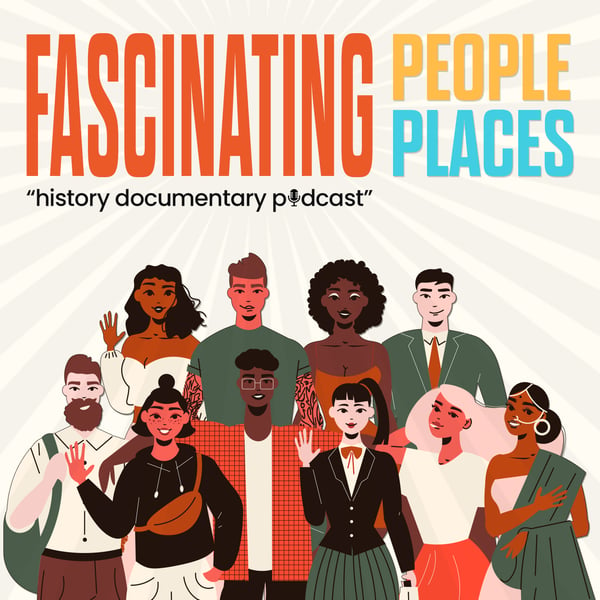The Songhai Empire: Africa’s Forgotten Super State
Fascinating People Fascinating Places
Daniel Mainwaring
5 • 1.1K Ratings
🗓️ 22 July 2022
⏱️ 26 minutes
🧾️ Download transcript
Summary
Transcript
Click on a timestamp to play from that location
| 0:00.0 | Fascinating people, |
| 0:02.0 | Fascinating Places. |
| 0:03.8 | G'd Aye and welcome to the Dan Mainwearing podcast. |
| 0:07.6 | This is where we talk to and about the famous and the infamous, |
| 0:11.6 | the celebrated and the obscure, the well-known and the infamous celebrated and the obscure, the well known and the undiscovered, |
| 0:16.0 | interviews, articles and discussion from around the globe. |
| 0:20.0 | On the periphery of the Malian city of Gao, close to the banks of the River Niger, |
| 0:25.3 | since an extraordinary pyramid-like structure, standing 17 meters tall, |
| 0:30.9 | and reportedly constructed with mud and wood shifting from mecca some 7,000 |
| 0:37.0 | kilometers away. It's known as the team of Askea and it's believed to be the last resting place of Askea's believed to be the last resting place of Askea |
| 0:45.0 | Muhammad I, a man who ruled one of Africa's largest yet |
| 0:49.6 | less remembered superstates, the Songhai Empire. |
| 0:54.4 | In this episode I detail the key events and the meteoric rise and the spectacular fall |
| 1:00.5 | of this extraordinary empire, and I talked to an expert Professor Maro Nobili of the |
| 1:06.7 | University of Illinois. His areas of expertise include Mali, Islam and Arabic manuscripts in West Africa and his published works include |
| 1:16.3 | sultan caliph and renewer of the faith Ahmed Lobo the Tarag al-Fattash and the |
| 1:22.2 | making of an Islamic State in West Africa. |
| 1:42.0 | The modern nation of Mali lies in the Sahel region of Africa, Sahel being derived from an Arabic word meaning shoreline or coast. But don't be deceived by the name. Gao is a long way from the ocean and |
| 1:46.5 | the term Sahel is used here to illustrate the wider area as one of transition from the barren |
| 1:52.2 | Sahara Desert in the north to the lush tropical |
| 1:55.7 | rainforest to the south. |
| 1:58.6 | In the northern part of the Sahel, Goa, like most major cities, is built upon the all-important river Nijier, a critical water source. |
... |
Please login to see the full transcript.
Disclaimer: The podcast and artwork embedded on this page are from Daniel Mainwaring, and are the property of its owner and not affiliated with or endorsed by Tapesearch.
Generated transcripts are the property of Daniel Mainwaring and are distributed freely under the Fair Use doctrine. Transcripts generated by Tapesearch are not guaranteed to be accurate.
Copyright © Tapesearch 2025.

